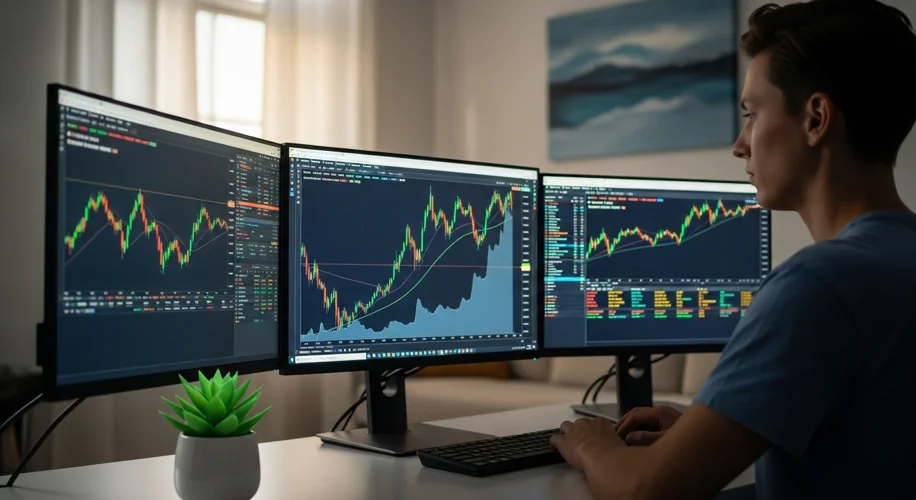The cryptocurrency market isn’t just about charts and algorithms; it’s a battleground for your own psychology. I’ve seen it firsthand. Many traders dive in with excitement, only to be swept away by the market’s wild swings. Understanding the mental game is as crucial as understanding the technology itself.
The Emotional Tug-of-War
Fear and greed are the twin engines driving a lot of trading decisions, especially in crypto. When prices surge, the FOMO (Fear Of Missing Out) kicks in. You see others making profits, and you feel an overwhelming urge to jump in, often at the peak. Conversely, when the market dips, panic sets in. The fear of losing everything can lead to selling at the bottom, locking in losses.
Think about it: if a coin you hold drops 20%, your immediate instinct might be to sell. But what if that drop is temporary, a normal part of market volatility? Selling out of fear often means missing the eventual recovery. I learned early on that sticking to a plan, even when it feels uncomfortable, is key. It’s about recognizing these emotional triggers and building a strategy to counter them.
Risk Management: More Than Just Numbers
Effective risk management isn’t just about calculating position sizes; it’s about managing your emotional response to risk. Setting stop-losses, for example, isn’t just a financial tool; it’s a psychological one. It gives you a predefined exit point, reducing the need to make impulsive decisions when the market gets choppy. Knowing you have that safety net allows you to stay calmer during downturns.
I always advise focusing on capital preservation. This means never risking more than you can afford to lose. It sounds simple, but in the heat of the moment, it’s easy to forget. When you’re not constantly worried about losing your rent money, you can approach trading with a clearer head. This mental clarity is invaluable.
Building a Sustainable Trading Mindset
Success in crypto trading isn’t about hitting home runs; it’s about consistent, calculated moves. This requires patience and discipline. Instead of chasing the next big pump, focus on developing a strategy that suits your risk tolerance and stick to it. This involves continuous learning, adapting to market changes, and, crucially, reviewing your own trading performance – not just the wins, but the losses too.
What went wrong in a losing trade? Was it an emotional decision? Did you deviate from your plan? Honest self-assessment is vital. The goal is to create a robust trading plan and the mental fortitude to follow it. It’s a marathon, not a sprint. By understanding and managing the psychological aspects, you can navigate the crypto markets more effectively and build a more sustainable approach to trading.

